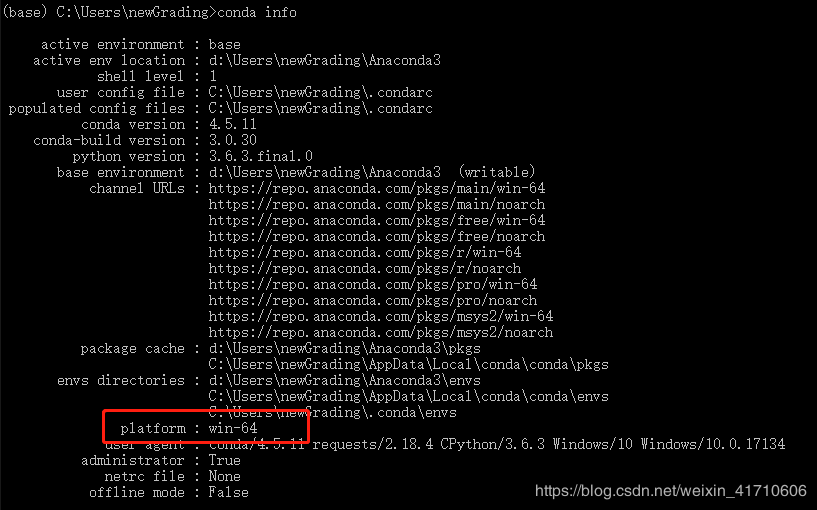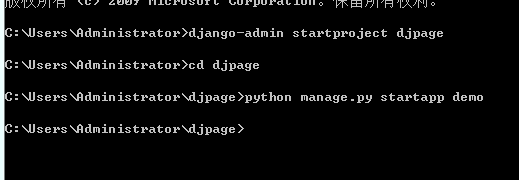python实现批量下载新浪博客的方法
本文实例讲述了python实现批量下载新浪博客的方法。分享给大家供大家参考。具体实现方法如下:
# coding=utf-8
import urllib2
import sys, os
import re
import string
from BeautifulSoup import BeautifulSoup
def encode(s):
return s.decode('utf-8').encode(sys.stdout.encoding, 'ignore')
def getHTML(url):
#proxy_handler = urllib2.ProxyHandler({'http':'http://211.138.124.211:80'})
#opener = urllib2.build_opener(proxy_handler)
#urllib2.install_opener(opener)
req = urllib2.Request(url)
response = urllib2.urlopen(req, timeout=15)
return BeautifulSoup(response, convertEntities=BeautifulSoup.HTML_ENTITIES)
def visible(element):
'''抓取可见的文本元素'''
if element.parent.name in ['style', 'script', '[document]', 'head', 'title']:
return False
elif re.match('<!--.*-->', str(element)):
return False
elif element == u'\xa0':
return False
return True
def delReturn(element):
'''删除元素内的换行'''
return re.sub('(?<!^)\n+(?!$)', ' ', str(element)).decode('utf-8')
def validFilename(filename):
# windows
return re.sub('[\/:*?<>"|\xa0]', '', filename)
def writeToFile(text, filename, dirname):
if not os.path.exists(dirname):
os.makedirs(dirname)
print encode('保存到目录'), dirname
filename = validFilename(filename)
print encode('保存文章'), filename
path = os.path.join(dirname, filename)
if not os.path.exists(path):
f = open(path, 'w')
f.write(text)
f.close()
else:
print filename, encode('已经存在')
def formatContent(url, title=''):
'''格式化文章内容'''
page = getHTML(url)
content = page.find('div', {'class':'articalContent'})
art_id = re.search('blog_(\w+)\.html', url).group(1)
blog_name = page.find('span', id='blognamespan').string
if title == '':
title = page.find('h2', id=re.compile('^t_')).string
temp_data = filter(visible, content.findAll(text=True)) # 去掉不可见元素
temp_data = ''.join(map(delReturn, temp_data)) # 删除元素内的换行符
temp_data = temp_data.strip() # 删除文章首尾的空行
temp_data = re.sub('\n{2,}', '\n\n', temp_data) # 删除文章内过多的空行
# 输出到文件
# 编码问题
temp_data = '本文地址:'.decode('utf-8') + url + '\n\n' + temp_data
op_text = temp_data.encode('utf-8')
op_file = title + '_' + art_id +'.txt'
writeToFile(op_text, op_file, blog_name)
def articlelist(url):
articles = {}
page = getHTML(url)
pages = page.find('ul', {'class':'SG_pages'}).span.string
page_num = int(re.search('(\d+)', pages).group(1))
for i in range(1, page_num+1):
print encode('生成第%d页文章索引'%i)
if i != 1:
url = re.sub('(_)\d+(\.html)$', '\g<1>'+str(i)+'\g<2>', url)
page = getHTML(url)
article = page.findAll('span', {'class':'atc_title'})
for art in article:
art_title = art.a['title']
art_href = art.a['href']
articles[art_title] = art_href
return articles
def blog_dld(articles):
if not isinstance(articles, dict):
return False
print encode('开始下载文章')
for art_title, art_href in articles.items():
formatContent(art_href, art_title)
if __name__ == '__main__':
sel = raw_input(encode('你要下载的是(1)全部文章还是(2)单篇文章,输入1或者2: '))
if sel == '1':
#articlelist_url = 'http://blog.sina.com.cn/s/articlelist_1303481411_0_1.html'
articlelist_url = raw_input(encode('请输入博客文章目录链接: '))
articles = articlelist(articlelist_url)
blog_dld(articles)
else:
#article_url = 'http://blog.sina.com.cn/s/blog_4db18c430100gxc5.html'
article_url = raw_input(encode('请输入博客文章链接: '))
formatContent(article_url)
希望本文所述对大家的Python程序设计有所帮助。


